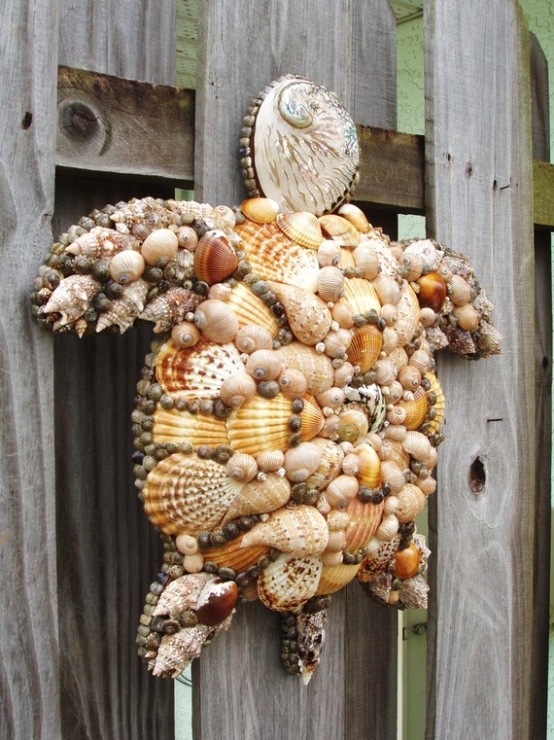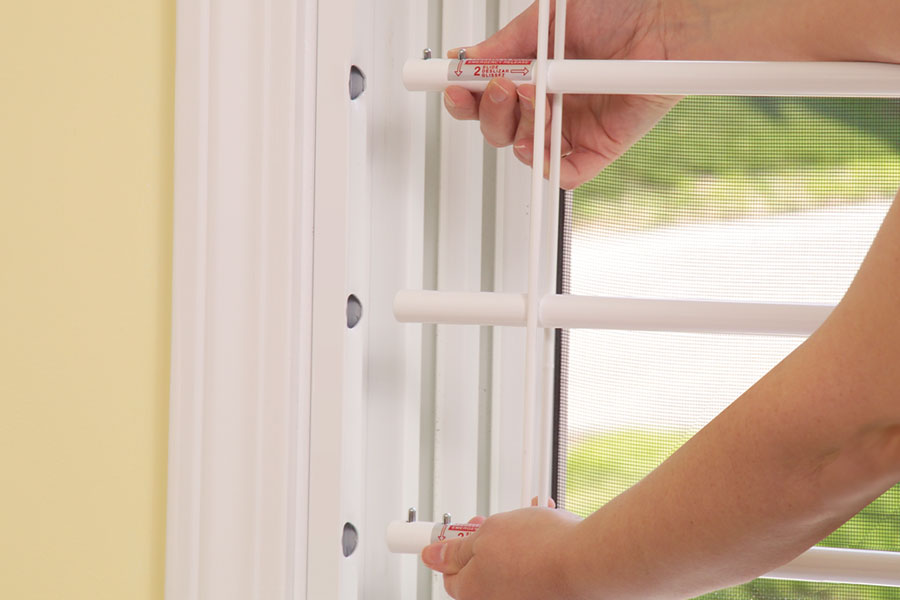Table of Content
For this activity, students will simulate vibration testing only. Be inspired by American mathematician Evelyn Boyd Granville and build a satellite at home or in the classroom. Satellites are communication devices that orbit the earth, and receive and send information from the earth. All you need are a few simple supplies to make this engineering project.
But since all the methods you are now aware of are easy to use and affordable, you will easily keep your dish snow-free. If you don’t do it right, there is always the risk that the snow will keep accumulating! Besides, with a properly tied bag, you will ensure it will survive harsher winds that could otherwise just take the plastic bag off. We install a satellite device away from metal gratings and reinforced concrete structures. The most ideal place is the highest part of your home.
Positioning the Dish
North is considered 0 degrees, east is 90 degrees, south is 180 degrees, and west is 270 degrees. Rotate the satellite dish horizontally until it points in the correct direction. If the mount is meant to attach to the back of the panel, your satellite will also come with a pair of clips. Position them behind the support, then add the screws through them to bind the parts together. One last component, the LNB, controls the dish's functionality.

You can't split the cable, so you will need to find ways to route the cables all the way to the extra TVs you plan on setting up. Connect an HDMI cable to the receiver and your TV. Plug one end of the HDMI cable into the receiver's back, then stretch it to the TV. Most modern TVs have a couple of HDMI slots, so choose whichever one you prefer. Once the cord is in place, your TV will be able to receive the satellite signal.
Run a cable from your dish to your TV receiver.
Move at a rate of approximately 30 cm/s, so each back and forth movement will take one second. Explain that the total simulated mass of the science instruments, communication antennas and power systems must be no more than 60 kg. Each component can be represented by the simulated mass measurements noted on the student worksheet.

We glue evenly with thin foil the concave surface of the material used. In our case, the foil will be a reflective element. Leave the space inside the smallest circle empty. This is where the antenna stand will be attached. We take in our hands a coil of copper wire with a diameter of 3 mm , and then we make circle No. 1 from it, which we put on our ball. We fix the plate with kapron thread or the upper central tip of the umbrella.
Position your dish for best possible reception.
Position your TV and the satellite receiver nearby to prepare for the connection. Secure the plugs into the wall with a hammer and chisel. Place the tip of a chisel against one of the bolts.
Remember to put a metal washer and locking nut on the ends of the bolts to ensure they can't come loose. If the mount wobbles when you touch it, try tightening the bolts a little more. If you're sure they are in correctly, take them out and recheck the plugs. The opposite ends of each plug will look like a split tail. When you bolt the wall mount in place, the tails open up, making the plugs harder to remove. Check for any obstructions blocking the dish's view of the sky.
15 years of work experience as a Manager in a former Four Season Service gave Olivia an exceptional base of professional knowledge and practical experience. If you rent, learn about theLandlord approval letter for DIRECTV and how to get service. Using a welding machine, we make a frame of metal rods with a diameter of 10 mm. We bend the steel ribs along the knife, and then weld the bearing to the top of the structure. Thanks to all authors for creating a page that has been read 170,994 times. Thanks to all authors for creating a page that has been read 109,958 times.
That number will tell you how wide the holes need to be. Estimate the holes needed to be about deep, although this will also vary a little from installation to installation. If you're attaching the satellite to the side of your home, make sure the holes align with a wall stud or another sturdy structure. Don't try to anchor it to siding since it won't hold. If you mount the dish on the ground, you will need to dig a trench to run its cables to your home safely. Funky, salty and shrimpy, this dipping sauce comes from Jazz Singsanong of Jitlada restaurant.
The site will give you the precise positioning needed for your dish to receive the signal. The exact installation process, including the bolts' size, may vary a little depending on the dish you have. Refer to the owner's manual for more specific instructions. Cap each bolt with a metal washer and locking nut.

Bolt the antenna bracket to the back of the satellite dish. You have a couple more bolts to add to finish the bulk of the assembly, and this is one of the easiest parts to finish. Line up the holes on the plate with the holes on the back of the dish. Stick the longest bolts you have, usually 2 to 3 in (5.1 to 7.6 cm) in length, through the front of the dish. Then, place a washer and nut on the end of each bolt, tightening it with your wrench.












